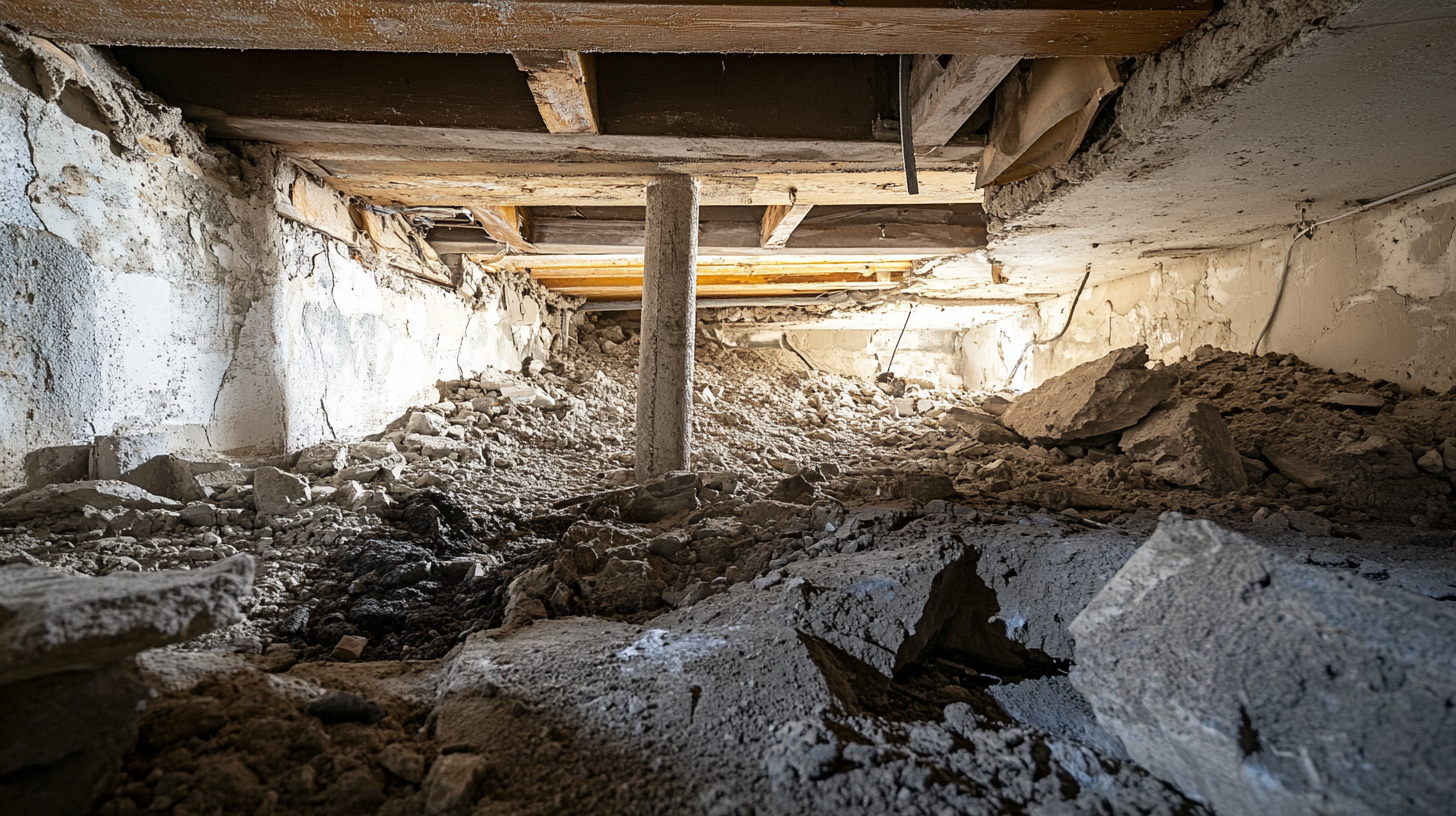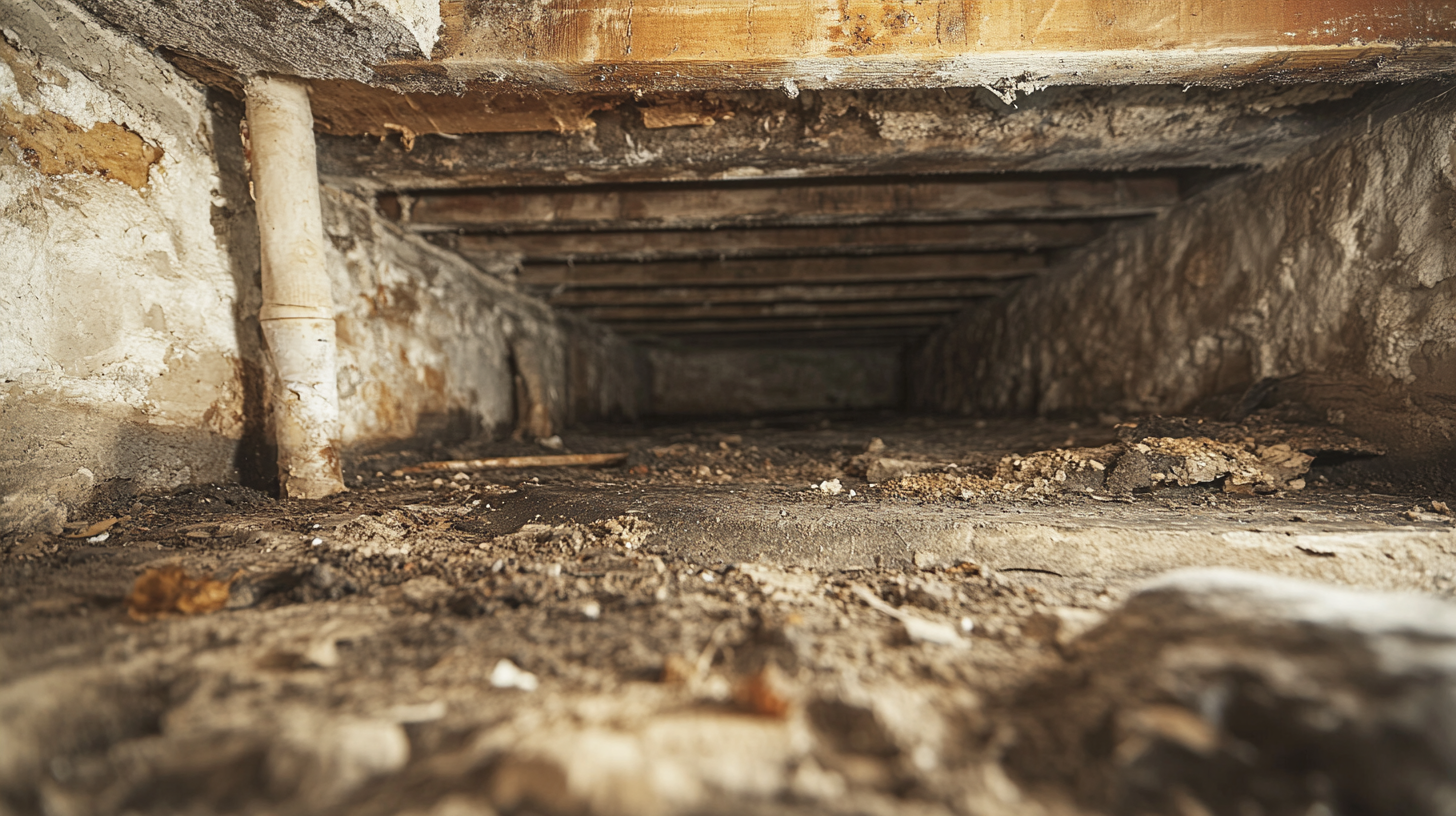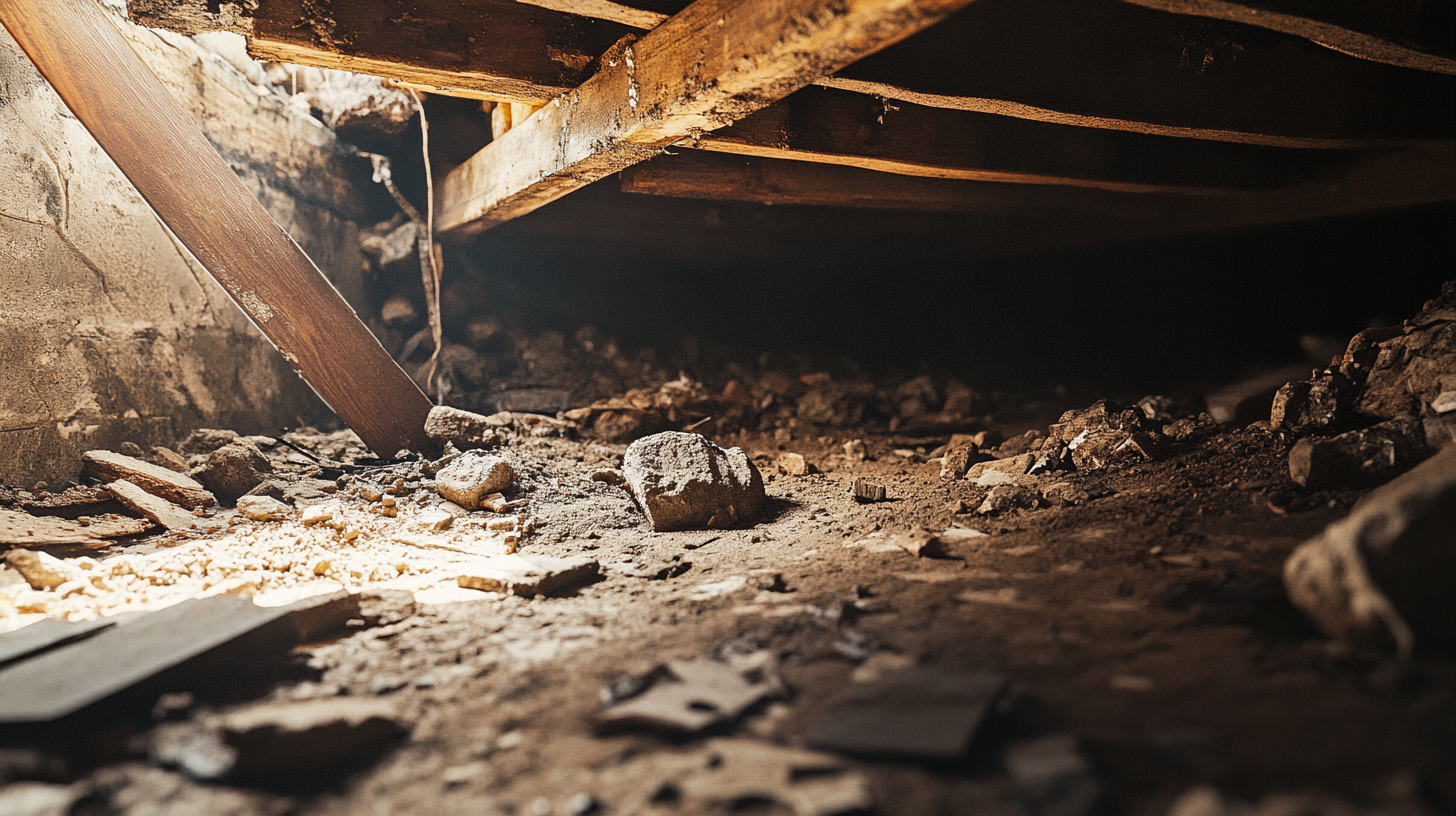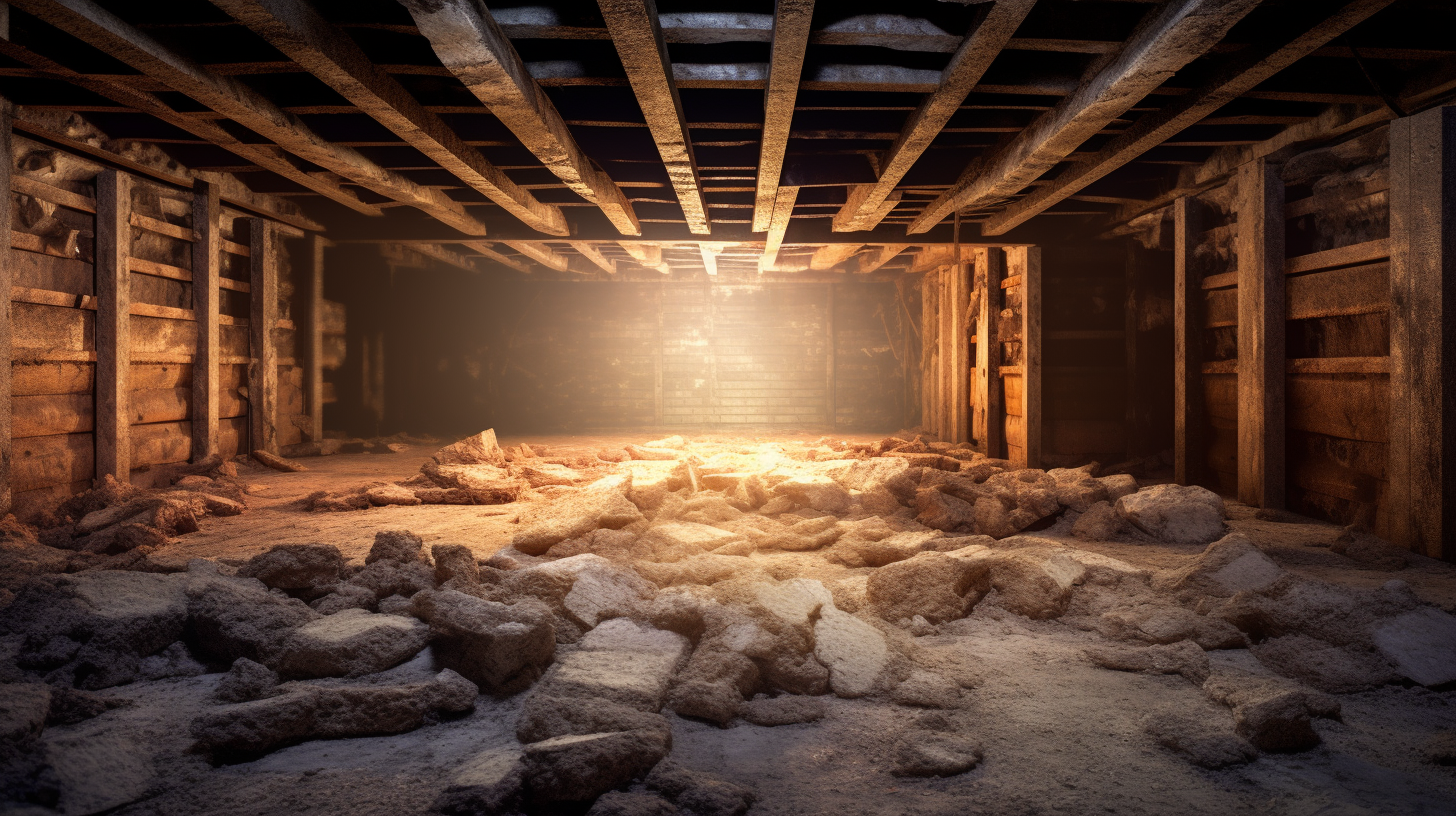Crawl spaces, while often unseen, play a pivotal role in the structural integrity of our homes. Unfortunately, they are also susceptible to various forms of damage that can compromise the stability and safety of the entire structure. In this comprehensive guide, we will explore the common causes of crawl space structural damage and delve into effective solutions to address and prevent these issues, ensuring your home remains secure and resilient.
Common Causes of Crawl Space Structural Damage
Crawl space structural damage can stem from a variety of sources, many of which are related to moisture infiltration. One of the primary culprits is water intrusion, often due to poor drainage or improper sealing. Excessive moisture can lead to rotting wooden beams and joists, weakening the crawl space's overall framework. Additionally, pests like termites and rodents are notorious for causing structural damage. They can burrow into wooden structures, compromising their strength and integrity over time. Identifying and addressing these common causes of crawl space structural damage is essential to prevent more extensive and costly problems in the future.
Furthermore, inadequate ventilation in crawl spaces can exacerbate moisture-related issues. Poor airflow can trap humidity and condensation, creating an environment ripe for mold growth and wood rot. Additionally, seismic activity and soil settlement in earthquake-prone regions can also contribute to structural damage in crawl spaces. It's crucial for homeowners to regularly inspect their crawl spaces, looking for signs of these common causes of damage, and take proactive measures to address them promptly to maintain the structural stability of their homes.
Detecting Early Signs of Crawl Space Structural Issues
Detecting early signs of crawl space structural issues is crucial to preventing more extensive and costly damage to your home. One of the primary indicators is sagging or uneven floors inside your home, which can be a clear signal of weakened or damaged crawl space supports. Cracks in the walls, especially those running diagonally, can also point to structural problems. Additionally, if you notice doors and windows that are difficult to open or close or a musty odor permeating your home, these could be signs of moisture infiltration and crawl space damage.
To thoroughly assess your crawl space's condition, start with a visual inspection. Look for visible signs of damage such as sagging beams, water stains, or mold growth. You can also use a moisture meter to check for elevated humidity levels. If you suspect any issues, it's wise to consult with a professional structural engineer or contractor for a thorough assessment. Early detection and timely intervention can help mitigate further damage and the associated repair costs, ensuring the long-term stability of your home.
Addressing Moisture-Related Damage in Crawl Spaces
Moisture-related damage is a common and potentially severe issue in crawl spaces. Excess moisture can lead to rot, mold growth, and even structural instability over time. To address this problem effectively, it's crucial to tackle the root causes of moisture infiltration. Start by ensuring proper drainage and grading around your home to prevent water from pooling near the foundation. Additionally, consider installing a vapor barrier or encapsulating your crawl space to create a moisture-resistant barrier between the ground and your home's structure.
Proper ventilation is another key component in moisture control. A well-ventilated crawl space helps reduce humidity levels, preventing condensation and mold growth. Investing in a dehumidifier designed for crawl spaces can also be an effective measure to maintain optimal moisture levels. Regular inspections and maintenance of these moisture control methods are essential to ensure they continue to function effectively and protect your crawl space from costly damage caused by excess moisture.
FAQs
Contact Trench Guys Today!
Trench Guys will do everything we can to ensure your experience with us is excellent.
Request A FREE Estimate
Request a Free Estimate Form
Checkout Recent Post




Got a Question? We’re Here to Help.
You can arrange an appointment or make an enquiry by phone or email, orget in touch to us via our contact form.



